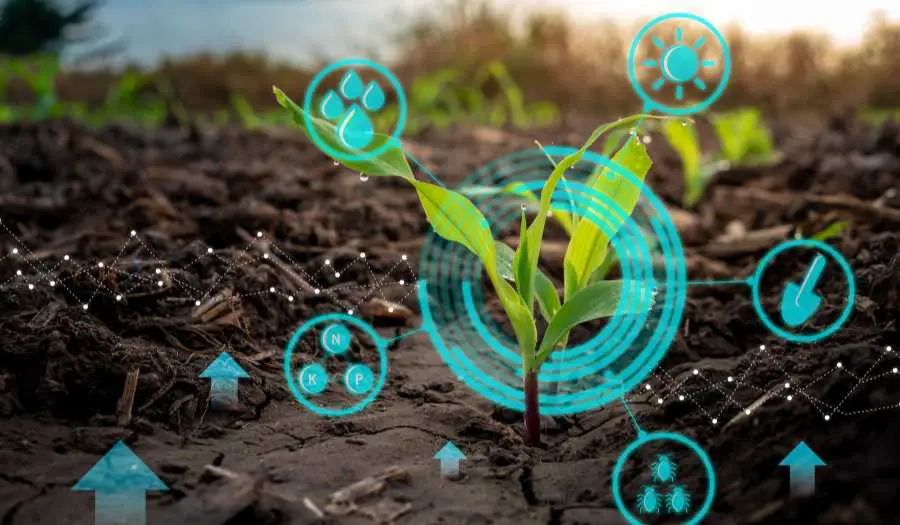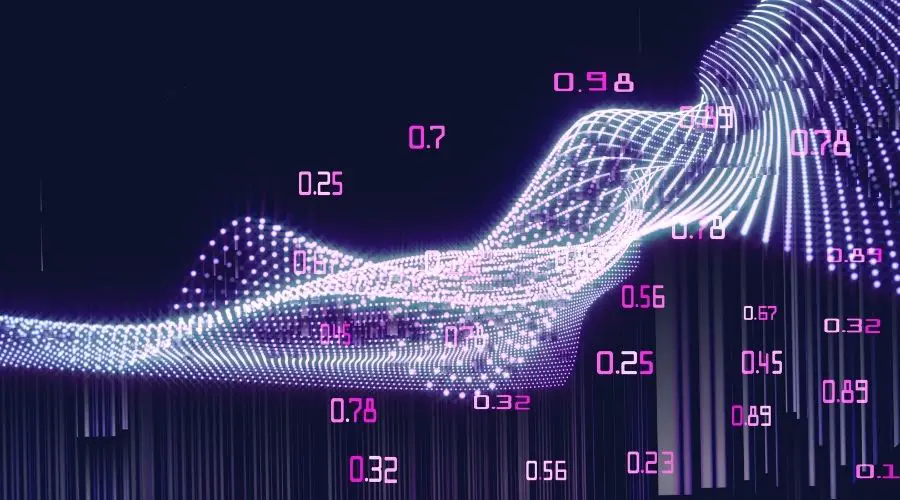The distinction between the Industrial Internet of Things (IIoT) and the Internet of Things (IoT) is essential for grasping the true scope of these emerging technologies.
Both IIoT and IoT share common principles of connecting devices to networks for data collection and analysis, but they’re applied in different sectors and come with specific challenges and benefits.
While IoT is primarily aimed at serving everyday consumers, IIoT focuses on transforming industries through advanced machine-to-machine communication, automation, and manufacturing efficiency.
Diving into the fundamental differences and contextual applications of IIoT and IoT will provide a clearer understanding of their impact and the future of these interconnected systems.
Understanding IOT
Definition and Basics
The Internet of Things (IoT) refers to the network of interconnected physical devices that communicate and exchange data with each other through the internet. These devices, often embedded with sensors, software, and other technologies, collect and transmit data in real time. IoT enables these devices to interact autonomously, offering improvements in efficiency, convenience, and decision-making.
Applications and Examples
IoT has a wide range of applications across various industries, including:
- Smart homes: IoT devices integrated into home security systems, energy management, and home appliances can make daily living more convenient. Examples include smart locks, thermostats, and lighting systems.
- Wearables: Wearable devices like fitness trackers and smartwatches use IoT to monitor health data and offer personalized insights to users.
- Industrial: IoT can optimize production processes, monitor equipment, and reduce costs in manufacturing and logistics.
- Agriculture: IoT-enabled sensors and devices allow farmers to monitor soil conditions, weather, and crop health, promoting better agricultural practices and increasing yield.
Key Technologies
Some of the key technologies enabling IoT include:
- Sensors: These are essential for collecting data from the environment, such as temperature, humidity, or motion.
- Connectivity: IoT devices require connectivity options like Wi-Fi, Bluetooth, or cellular networks to share and receive data.
- Data processing: IoT devices process and analyze collected data, either locally or in the cloud, to determine appropriate actions.
- Actuators: These components convert data-driven decisions into physical actions, such as opening a valve or turning on a light.
The development and adoption of IoT continues to grow rapidly, impacting various industries and improving overall quality of life. With the integration of advanced technologies and the development of new applications, it is expected to become even more prevalent in the coming years.
Understanding IIOT
Definition and Basics
The Industrial Internet of Things (IIOT) refers to the application of IoT technologies in industrial settings to maximize efficiency, reduce costs, and improve overall performance.
IIOT connects machines, devices, and sensors within industrial environments, enabling real-time data collection and analysis. In comparison, IoT primarily focuses on consumer-level devices and applications, such as wearable gadgets and smart home systems.
Applications and Examples
IIOT plays a major role in many industrial sectors, including manufacturing, energy, transportation, and logistics. Some common examples of IIOT applications are:
- Smart manufacturing: Streamlining production processes through real-time monitoring, predictive maintenance, and automation.
- Energy management: Enhancing power generation, transmission, and distribution through data analytics and remote monitoring.
- Fleet management: Tracking vehicle location, performance, and maintenance to optimize logistics operations.
Key Technologies
Several technologies enable IIOT implementation and functionality:
- Sensors and actuators: These devices collect vital information about equipment or environmental conditions and trigger actions based on specific parameters.
- Connectivity: Wi-Fi, cellular networks, and other communication protocols allow seamless data transfer among connected devices.
- Edge computing: Computing resources are distributed closer to data-generating devices, improving response times and reducing network congestion.
- Data analytics: Advanced algorithms and machine learning techniques help organizations to analyze collected data and make data-driven decisions.
Differences Between IOT and IIOT
Scope and Focus
The primary difference between IOT and IIOT lies in their scope and focus. The Internet of Things (IoT) encompasses a broad range of connected devices and systems aimed at enhancing the lives of consumers. Examples include smart home systems and wearable technology. IoT is consumer-focused, prioritizing user-friendliness and convenience.
On the other hand, the Industrial Internet of Things (IIoT) has a more narrow focus, targeting industries such as manufacturing, transportation, and energy. IIoT aims to improve efficiency, productivity, and safety in industrial applications through automation, data analysis, and predictive maintenance. It is focused on enabling businesses to make data-driven decisions and optimize their processes.
Security and Privacy
Another fundamental difference emerges in the realm of security and privacy. With IIoT, the stakes are high as it involves critical infrastructure and sensitive industrial data. As a result, IIoT solutions prioritize:
- Robust security protocols
- Data encryption
- Access control
- Frequent security updates
IoT, mainly catering to consumer devices, places comparatively less emphasis on security and privacy. It does not mean IoT devices lack security measures, but they can be less sophisticated than those found in IIoT systems.
Connectivity and Interoperability
Connectivity and interoperability are vital for both IoT and IIoT ecosystems. However, their requirements differ:
- IoT: Consumer-oriented IoT devices typically connect via familiar networking protocols like Wi-Fi, Bluetooth, and cellular networks. They often prioritize ease of setup and embracement of widely used platforms to promote seamless integration within smart devices.
- IIoT: Industrial applications require more specialized and diverse connectivity. Wired connections (e.g., Ethernet), Low-Power Wide-Area Networks (LPWAN), and wireless mesh networks are common in IIoT deployments. It places a higher emphasis on reliability, low latency, and the ability to handle vast amounts of data across a variety of devices and protocols.
Challenges and Future Opportunities
Barriers to Adoption
Despite the significant potential of both IIoT and IoT, several barriers have hindered their widespread adoption.
One of the main challenges is the lack of standardization among manufacturers and providers, resulting in a fragmented ecosystem. This can lead to compatibility issues and limit the interoperability between different devices and systems.
Additionally, concerns about data privacy and security have made users hesitant to adopt connected solutions, as more data is shared across various platforms.
Another significant barrier is the high cost of implementation, particularly for smaller companies and industries with legacy equipment. Retrofitting existing machines can be expensive, and the initial investment might be difficult to justify.
Furthermore, a skilled workforce is required to manage and maintain these complex systems, which adds to the overall cost and complexity.
Emerging Technologies
Despite these challenges, various emerging technologies are set to shape the future of the IIoT and IoT landscapes.
Edge computing, for instance, helps address data privacy and security concerns by processing data locally, reducing the need for data to be sent to the cloud. This approach enables companies to implement IoT solutions while retaining control over their sensitive data.
Another promising technology is 5G, which has the potential to significantly enhance the performance and scalability of IoT networks.
With ultra-low latency and high-speed connections, 5G will enable users to connect and control a more extensive range of devices and applications, providing real-time insights and data analysis. This will unlock new possibilities for both IIoT and IoT systems, allowing industries to implement more advanced and intelligent solutions.
As IIoT and IoT technologies continue to evolve, we can expect to see more innovative solutions to address the barriers and capitalize on the opportunities that these connected systems present.



